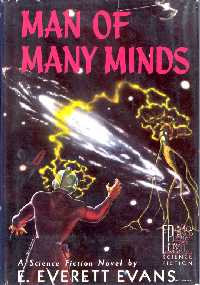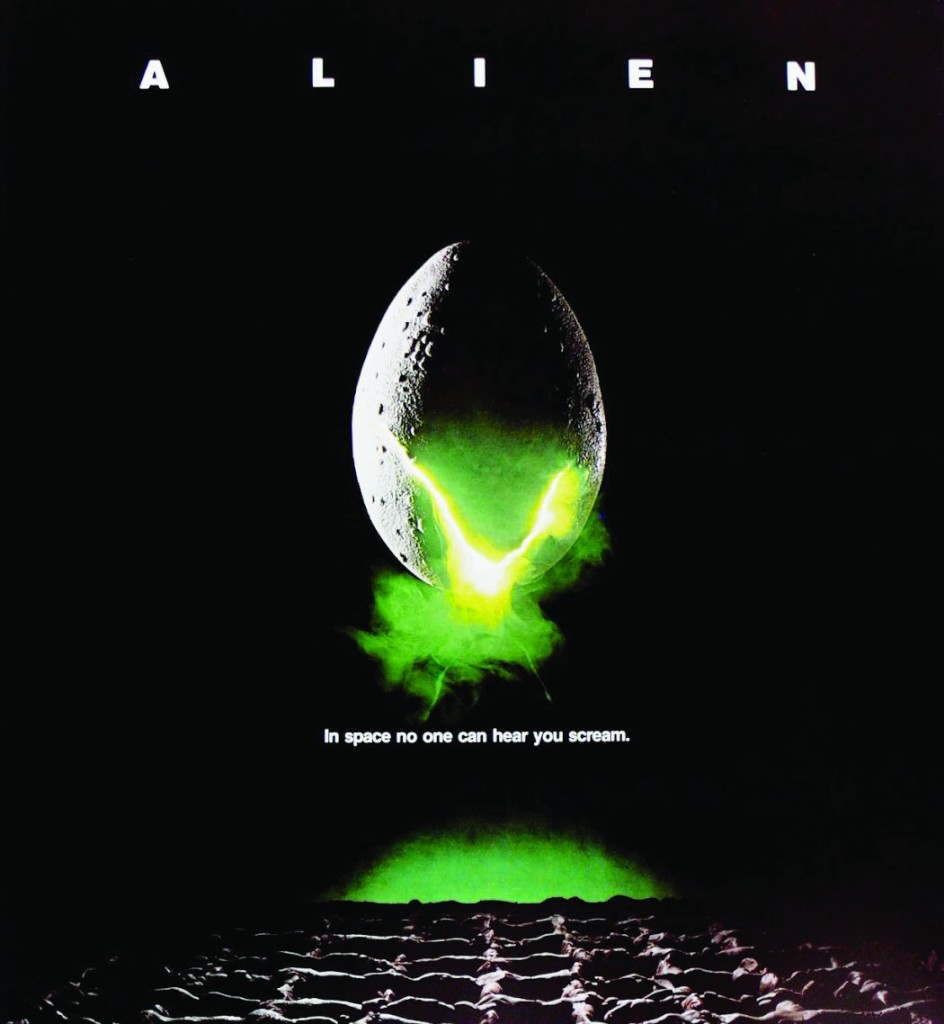Review by Scott A. Cupp
This is the 153rd in my series of Forgotten Books.
After last week’s fantasy novel, I was ready for some deep space fun adventure stuff. My eyes travelled over the bookshelves and came to rest on MAN OF MANY MINDS by E. Everett Evans. I knew the book by reputation but had never read it. Somehow it found its way into my hands for examination.
It passed the first test – it was short, just 192 pages in the paperback edition I had on hand. The next test was the first page preview. Again, it passed. The story featured a young man disgraced and drummed out the Inter Stellar Corps and he was happy. The final test was the cover, front and back. The front was a shapeless mess by Gray Morrow, an artist I like. The cover was likewise a mess, not really giving much insight into the story. Pass for two of three tests. I went ahead and dipped on in. The prose was readable and the action started on page 2.
This was a fun. Young George Spencer Hanlon is at the top of his class at the Cadet Academy of the Inter Stellar Corps and about to embark on a career of space service. He is summoned before the Commandant of Cadets, as all graduating seniors are, to discuss his future. Suddenly, he finds his life changing. George has a talent that he suppresses – he can “read” minds, not actual, tangible thoughts but feelings and similar processes. The Corps is aware of this ability, though he has not used it while in the Academy. He is offered a job in the Secret Service of the I-S based on his performance in the school, his natural abilities and his special talent. The I-S wants him, but their membership is closely guarded. To join the SS, he has to be dismissed from the I-S in disgrace and shunned by all his friends and family.
George agrees to do this, being the bright, patriotic kid that he is, and he is introduced to his commanding officer, who turns out to be his father. George is surprised until he remembers his father had been disgraced earlier.
George is given his marching orders and sent to the planet Simonides Four, where something is going on. No one is sure what is happening but something is not right. Hanlon books passage on a luxury liner and encounters a man named Panek who is intent on killing another passenger. Figuring that Panek might be part of the problem on Simonides, George convinces the man that he is disgusted with the Corps and is looking for big money. He stops Panek’s attempt on the man and fakes the death to get in good.
While on the ship, George is trying to expand his mental capacities and finds himself able to get into the mind of a small dog, then multiple dogs at the same time. On arriving on Simonides Four, he is aware that he is being followed and goes to look up Panek, supposedly seeking work.
He meets the Boss behind Panek and is given a test: kill the man who was following him. His ability to control a dog works well here, and he is able to orchestrate the death of the man and suddenly finds himself in the gang and assigned a task on a hidden planet. He’s to run a slave operation using living trees called Greenies as miners for rare ores.
Evans keeps the operations moving and the action is hot and fast. Young George expands the uses of his powers and finds himself in a vast conspiracy to take over the Galaxy. All he has to do is get home, stop everyone, stay alive, set the Greenies free and remain sane. A simple task.
This was a fun book, nothing special or notable but a quiet relaxing evening at home with what seemed like old friends. Evans was a friend of E. E. Doc Smith back in the day, and his influence can be seen here. This was a fun example of Golden Age science fiction.
Again, as with many books I read and talk about, your mileage may vary. There are some big info-dump chapters to get the reader up to speed, but they are not incredibly intrusive and you can still move on. The book probably could not be published today, but I had fun reliving my old youthful enthusiasm.
Series organizer Patti Abbott hosts more Friday Forgotten Book reviews at her own blog, and posts a complete list of participating blogs.



